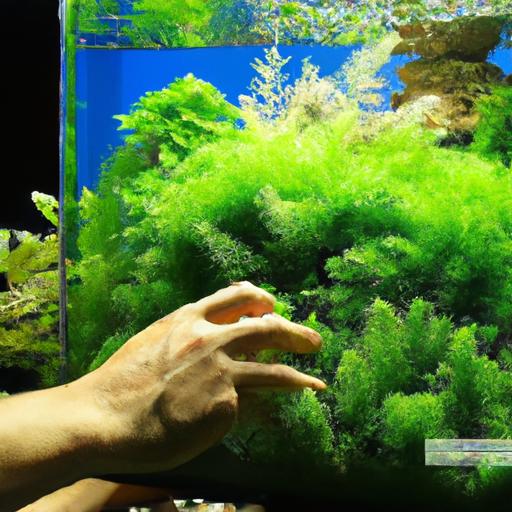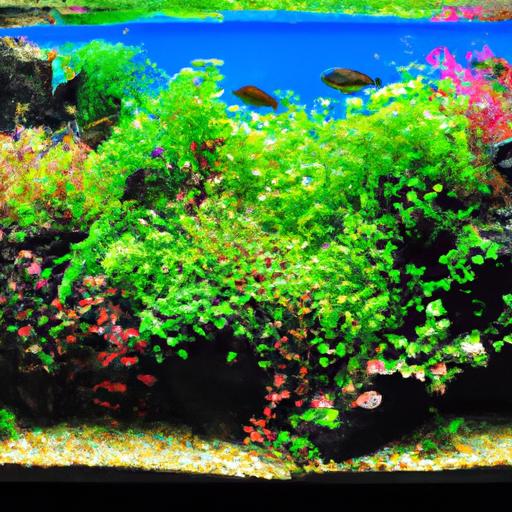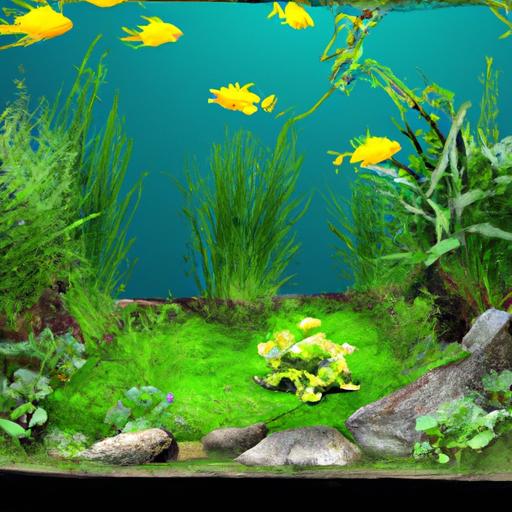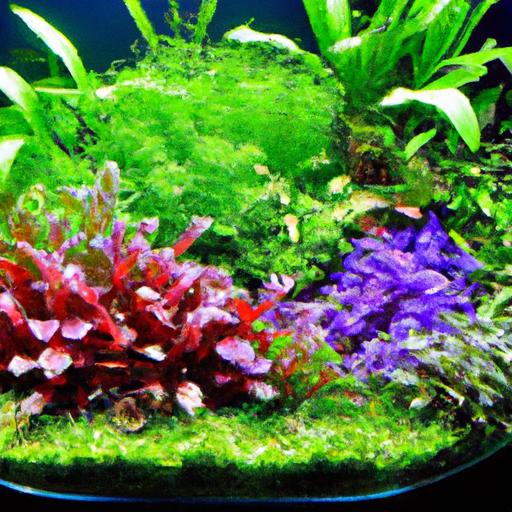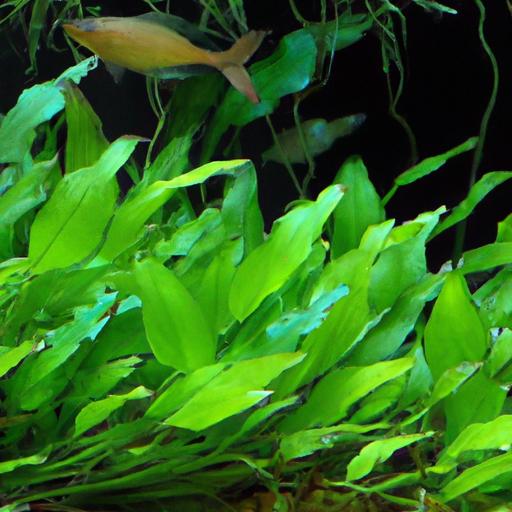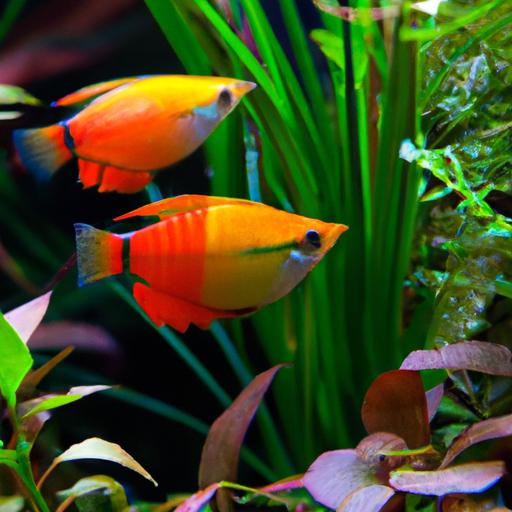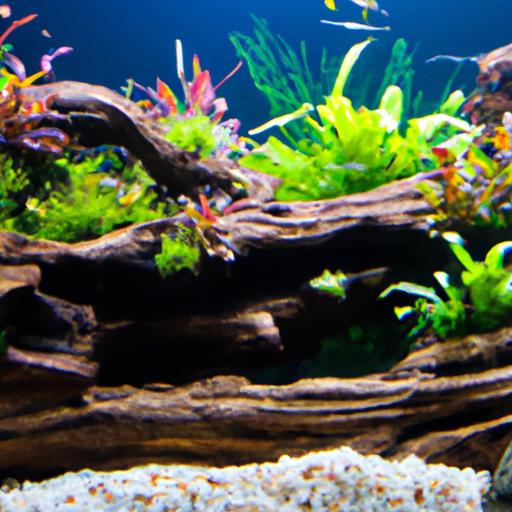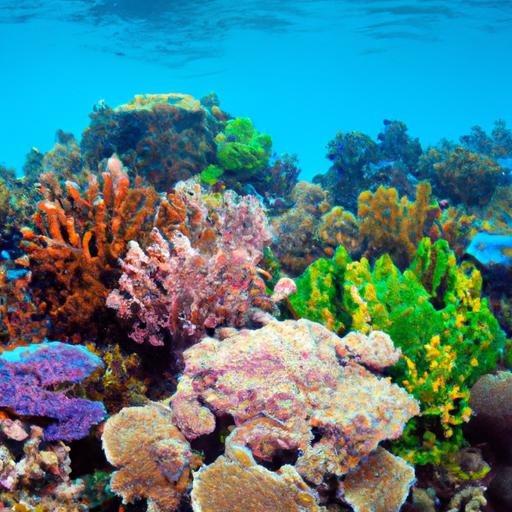Growing Healthy Cryptocoryne Retrospiralis “Red” in Your Aquarium
Discover the secrets to growing healthy Cryptocoryne Retrospiralis “Red” in your aquarium. Learn the optimal conditions and tips for vibrant growth.
Introduction
Are you looking to add a touch of vibrant red to your aquarium? Look no further than Cryptocoryne Retrospiralis “Red,” a stunning aquatic plant that can elevate the aesthetic appeal of any tank. In this article, we will guide you on successfully cultivating and maintaining this beautiful plant in your aquarium. Let’s dive in!
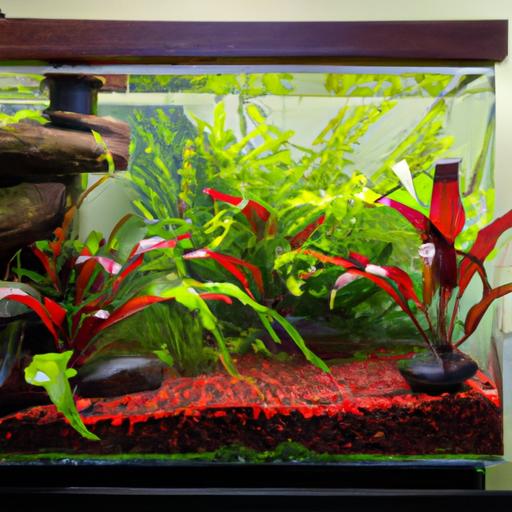
How to Successfully Cultivate Cryptocoryne Retrospiralis “Red”
Cryptocoryne Retrospiralis “Red” thrives in specific conditions that mimic its natural habitat. By providing the ideal environment, you can ensure healthy growth and vibrant red hues. Here’s what you need to know:
1. Optimal Aquarium Conditions
To create a suitable habitat for Cryptocoryne Retrospiralis “Red,” consider the following factors:
- Water Parameters: This plant prefers slightly acidic to neutral water with a pH range of 6.0-7.5. Maintain a temperature between 72-82°F (22-28°C) to support its growth.
- Lighting: Moderate to high lighting is essential for this plant. Ensure proper illumination by using LED lights or fluorescent tubes with a color temperature of 6500K to 7500K.
- Substrate Requirements: Cryptocoryne Retrospiralis “Red” thrives in nutrient-rich substrates like aquarium soil or fine gravel mixed with clay. This allows the roots to anchor firmly and absorb essential nutrients.
2. Fertilization and CO2 Supplementation
To promote healthy growth and vibrant red coloration, consider the following:
- Fertilizer: Use a comprehensive liquid fertilizer or root tabs to provide essential macronutrients and micronutrients. Regularly dose according to the manufacturer’s instructions.
- CO2 Supplementation: Cryptocoryne Retrospiralis “Red” can benefit from CO2 supplementation. Adding a CO2 system to your aquarium can enhance growth and coloration. However, it is not mandatory and can be omitted if you prefer a low-tech setup.
3. Selecting and Preparing the Aquarium
Before introducing Cryptocoryne Retrospiralis “Red” to your aquarium, follow these steps:
- Aquarium Selection: Choose a tank that suits your available space and aesthetic preferences. Ensure it has a sufficient volume to accommodate the plant’s growth and provides adequate water circulation.
- Aquarium Preparation: Clean the aquarium thoroughly and set up the substrate, hardscape, and any necessary equipment. Fill it with dechlorinated water and allow it to cycle for a few days to establish a beneficial bacterial colony before adding the plant.
Frequently Asked Questions (FAQ) about Growing Cryptocoryne Retrospiralis “Red”
Curious about the finer details of cultivating Cryptocoryne Retrospiralis “Red”? Here are some frequently asked questions to help you along the way:
1. How fast does Cryptocoryne Retrospiralis “Red” grow?
Cryptocoryne Retrospiralis “Red” has a moderate growth rate. Under optimal conditions, it can produce new leaves every two to three weeks. Patience is key when cultivating this plant, as it may take some time to establish itself in your aquarium.
2. Is Cryptocoryne Retrospiralis “Red” compatible with other fish and plants?
Yes, Cryptocoryne Retrospiralis “Red” is generally compatible with a wide range of fish and other aquatic plants. However, ensure that you select tankmates and plant companions that have similar requirements in terms of water parameters and lighting.
3. What challenges might I face when growing Cryptocoryne Retrospiralis “Red”?
While Cryptocoryne Retrospiralis “Red” is relatively resilient, it can face a few challenges:
- Melting: It is common for this plant to experience “melting” when introduced to a new aquarium. The older leaves may decay and disintegrate, but new growth will emerge over time.
- Algae Growth: In the initial stages, algae growth can occur on the plant’s leaves. Ensure proper lighting duration, maintain water parameters, and consider using algae eaters to keep it in check.
Conclusion
In conclusion, growing Cryptocoryne Retrospiralis “Red” in your aquarium can add a captivating touch of vibrant red to your underwater world. By providing the optimal conditions, including suitable water parameters, lighting, substrate, and fertilization, you can enjoy healthy growth and stunning coloration. Remember to be patient and monitor the plant’s progress closely. With some care and attention, you can create a visually striking and thriving aquatic environment with Cryptocoryne Retrospiralis “Red” as the star of the show. Happy planting!
